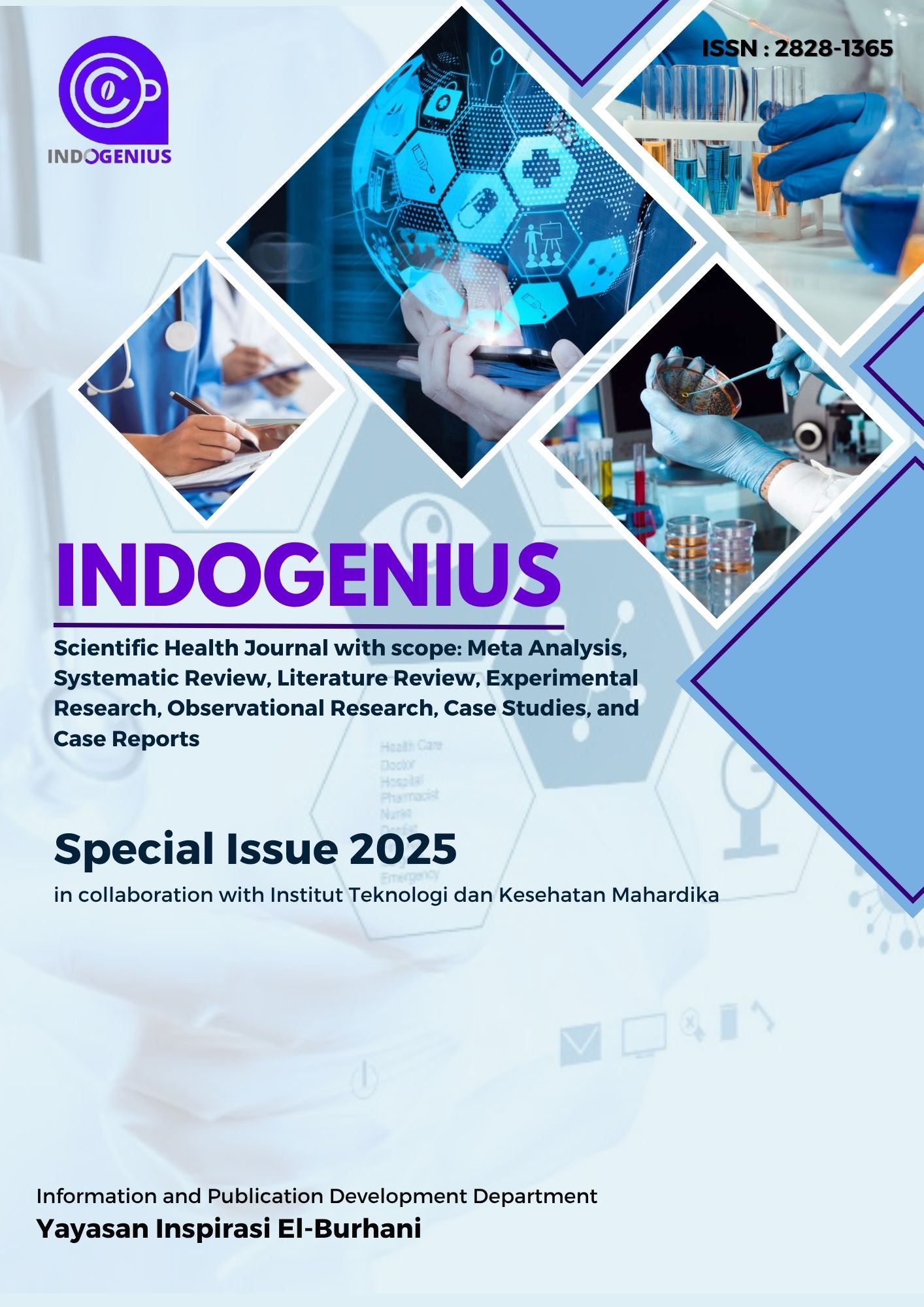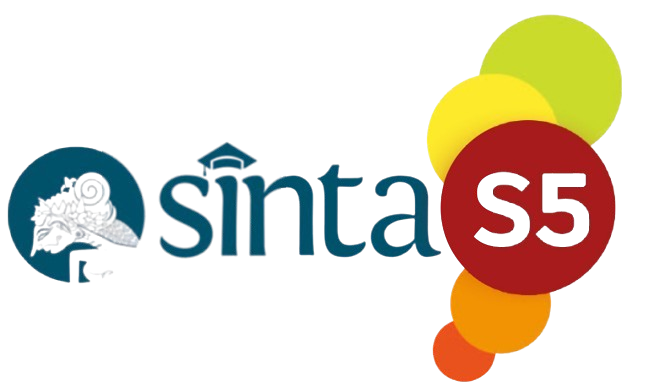The Application of Rubber Ball Grip Therapy to Improve Muscle Strength in Non-Hemorrhagic Stroke Patients in the Stroke Unit of RSD Gunung Jati Cirebon
DOI:
https://doi.org/10.56359/igj.v4i2A.724Keywords:
Non-Hemorrhagic Stroke (NHS), Rubber Ball Grip Therapy, Muscle StrengthAbstract
Background & Objective: According to the World Health Organization (WHO), stroke is a clinical syndrome characterized by brain dysfunction symptoms, which may result in death or lasting disability if symptoms persist beyond twenty-four hours. It can cause physical disabilities, loss of function, paralysis, and communication difficulties. This study aimed to analyze nursing care interventions using Rubber Ball Grip Therapy in non-hemorrhagic stroke patients to improve muscle strength. Method: The study employed a case study design with one non-hemorrhagic stroke patient experiencing muscle weakness at RSD Gunung Jati Cirebon. Data collection was conducted through anamnesis, physical assessment, direct observation, and documentation. Nursing care was provided for 3 consecutive days. At admission, the patient complained of weakness in the right extremities and numbness since the previous evening, accompanied by headaches. The intervention used was Mobilization Support with evidence-based nursing (EBN) Rubber Ball Grip Therapy, implemented for 15 minutes daily over 3 consecutive days. Result: The therapy was found effective as the patient, initially weak, was later able to grip the rubber ball firmly. Conclusion: Rubber Ball Grip Therapy was effective in improving muscle strength in a non-hemorrhagic stroke patient. This simple, non-pharmacological intervention can support motor recovery and be applied in nursing care practice.
Downloads
References
Afandy, I., & Wiriatarina, J. (2019). Analisis praktik klinik keperawatan tn. b dengan diagnosa stroke non hemoragik (SNH) dengan pemberian pelatihan pemasangan puzzle jigsaw terhadap peningkatan kekuatan otot ekstremitas atas di Ruang Stroke Center RSUD Abdul Wahab Sjahranie Samarinda. Jurnal Keperawatan, 1(1), 29–31.
Agustini, & Et Al. (2023). Metode Penelitian Kualitatif (Teori Dan Panduan Praktis
Amalia, J. K., & Yudhono, D. T. (2022). Asuhan keperawatan pasien stroke non hemoragik dengan masalah pola nafas tidak efektif, nyeri akut dan gangguan mobilitas fisik. JKM: Jurnal Keperawatan Merdeka, 2(2), 108–112. https://doi.org/10.36086/jkm.v2i2.1225
Amalia, Khoirul; Danang Tri Yudhono. 2022. Asuhan keperawatan pasien stroke non hemoragik dengan masalah pola nafas tidak efektif, nyeri akut dan gangguan mobilitas fisik. Jurnal Keperawatan Merdeka (JKM). Vol 2 No 2
Analisis Data Kualitatif). Sumatera Utara: Pt. Mifandi Mandiri Digital .
Anugrah Putra (2022). jurnal cendikia muda. Vol 2(1) 17-23
Anugrah Putra (2022). Jurnal cendikia muda. Vol 2(3) 308-312
Dimas Utomo dkk (2024). Holistik jurnal kesehatan. Vol 18(4) 518-531
Nurapandi, A., Supriadi, D., Rahman, I., & Nopiyanti, R. (2024). The Influence of Family Support on Stroke Patient Compliance in Treatment at Blud RSU Ciamis. JURNAL KESEHATAN STIKes MUHAMMADIYAH CIAMIS, 11(2), 78-83.
Purbaningsih, E. S. (2019). Persepsi klien, keluarga, tenaga profesional dan pengambil kebijakan tentang recovery pada klien skizofrenia di Kecamatan Harjamukti Kota Cirebon [Perception of clients, families, health professionals, and policy makers on recovery of patients with schizophrenia in Harjamukti District Cirebon City]. Syntax Literate; Jurnal Ilmiah Indonesia, 4(3), 19-38.
Downloads
Published
How to Cite
Issue
Section
License
Copyright (c) 2025 Endah Sari Purbaningsih, Juliansyah Akhbar

This work is licensed under a Creative Commons Attribution 4.0 International License.

















